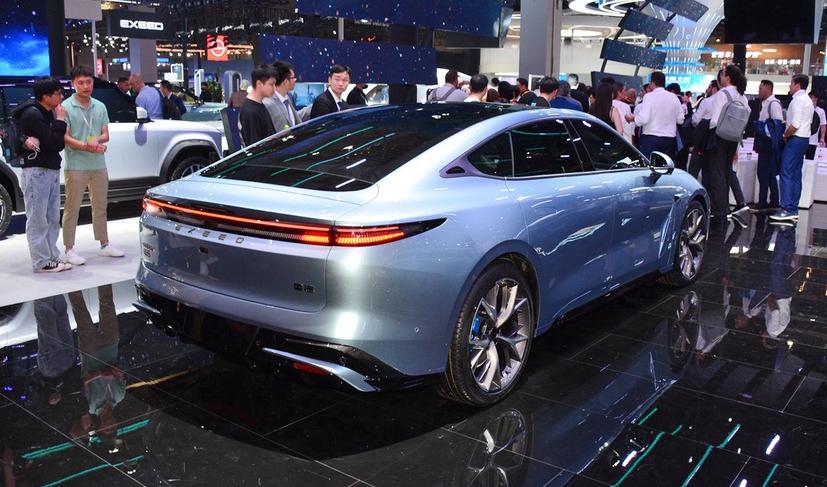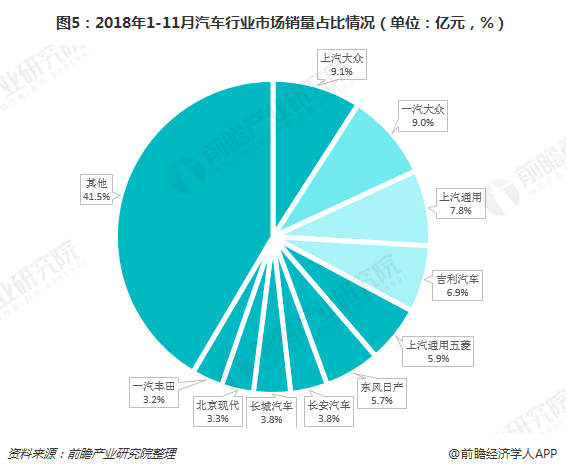Title: A Comprehensive Guide to Car Brand Name Translations for English-speaking Countries
Title: A Comprehensive Guide to Car Brand Name Translations for English-speaking CountriesAre you looking to translate car brand names into English for international markets? This comprehensive guide offers a step-by-step process to ensure accurate and effective translations. We will discuss the importance of context, cultural differences, and linguistic nuances in translating car brand names, as well as provide practical tips on how to navigate these challenges.Firstly, it is essential to understand the context in which the brand name appears, as this can significantly impact its meaning in another language. For example, a German brand name may be translated as "Der Beste" or "Le Meilleur," but this does not necessarily convey the same level of quality or superiority as "The Best" or "The Best of Them All." Therefore, it is crucial to consider the intended meaning and connotations when translating.Secondly, cultural differences should also be taken into account. In some cultures, certain words or expressions may have a different connotation or be considered inappropriate. It is important to research and understand the cultural norms of the target market before translating.Finally, linguistic nuances such as idiomatic expressions or regional variations can also affect the accuracy of translations. It is advisable to consult with experts or native speakers who are familiar with both the source language and the target language to ensure that the translation is faithful to the original brand name.In conclusion, translating car brand names into English requires careful consideration of context, cultural differences, and linguistic nuances. By following this comprehensive guide and implementing practical tips, businesses can effectively communicate their product offerings to English-speaking markets while maintaining their brand identity and reputation.
Introduction to the Importance of Car Brand Names in the Global Market

The global automobile industry is a highly competitive and rapidly evolving market, with numerous car brands vying for market share. In order to succeed in this crowded landscape, car manufacturers need to effectively communicate the unique features and benefits of their products to potential customers. One key element of this communication is the use of strong and memorable brand names that resonate with consumers and set the company apart from its competitors. In recent years, there has been a growing trend towards translating car brand names into English, as more and more international consumers become familiar with this language. This has presented both challenges and opportunities for car manufacturers, who must navigate complex cultural and linguistic factors in order to successfully localize their brands. This article will provide a comprehensive guide to car brand name translations for English-speaking countries, including tips on selecting the right name, avoiding cultural pitfalls, and ensuring consistency across all marketing materials.
Choosing the Right Car Brand Name in English
When it comes to choosing a car brand name in English, there are several important factors to consider. First and foremost, the name should be easy to pronounce and spell, so that potential customers can quickly and accurately remember it. This may involve making certain adjustments to the original name, such as adding a prefix or suffix, or using a different combination of letters. Additionally, the name should be distinctive and memorable, standing out from other car brands in the market. This may require testing different names with target audiences, or enlisting the help of a professional branding agency. Finally, the name should reflect the values and aspirations of the car manufacturer, and convey a sense of quality, innovation, and style. By carefully considering these factors, car manufacturers can select a name that is not only effective in promoting their products, but also resonates with their target audience.
Translating Car Brand Names into Different Languages
Once a suitable English name has been selected, the next step is to translate it into the other languages spoken by the target market. This can be a daunting task, given the complexity of language and culture, as well as the need to maintain consistency between different marketing materials. However, with careful attention to detail and a clear understanding of the target audience's needs and preferences, it is possible to create effective translations that convey the same meaning and tone as the original name. Some key considerations when translating car brand names include:
- Cultural context: It is important to understand the cultural norms and expectations of each target language, in order to avoid mistranslations or unintended consequences. For example, in some cultures, certain words or phrases may be considered taboo or disrespectful, while in others they may be highly valued or celebrated. Similarly, certain idioms or expressions may not translate easily or accurately across languages, requiring additional context or clarification.
- Style and tone: The translated name should retain the same style and tone as the original name, in order to maintain a consistent brand image across different marketing materials. This may involve adapting certain word choices or sentence structures to fit the specific linguistic requirements of each language.
- SEO optimization: In addition to maintaining consistency and accuracy, it is important to optimize the translated name for search engines and other digital platforms. This may involve incorporating relevant keywords or meta tags, using appropriate domain extensions or subdomains, and creating content that targets specific search queries or user intents.

Avoiding Cultural Pitfalls When Translating Car Brand Names
Despite best efforts to ensure accurate and effective translations of car brand names into different languages, there is always a risk of encountering cultural pitfalls that could negatively impact the brand image or customer perception. Some common examples of these pitfalls include:
- Ambiguity or confusion: Depending on how the translated name is phrased or structured, it may be unclear or ambiguous in certain contexts, leading to misunderstandings or confusion among customers. This could result in negative reviews or social media feedback, as well as lost sales opportunities. To avoid this issue, it is important to carefully consider how each word or phrase will be used in different marketing materials and interactions with customers.
- Offending cultural sensibilities: Just as certain words or phrases may be valued or celebrated in one culture but considered offensive or disrespectful in another, there is also a risk of offending cultural sensibilities when translating car brand names. This could lead to negative publicity or reputation damage, particularly if the offending term is associated with sensitive issues such as religion, race, gender, or politics. It is therefore important to exercise caution and sensitivity when choosing words or phrases for translation purposes.
Ensuring Consistency Across All Marketing Materials
In order to build brand recognition and trust among customers across different languages and markets, it is essential that car manufacturers maintain consistency between their translated brand names and other marketing materials such as product packaging, advertisements, website content, social media posts, and customer service communications. This may require developing standardized templates or guidelines for translating brand names across different channels, as well as investing in training programs for internal teams responsible for managing these materials. Additionally, it may be helpful to engage external translators or translation agencies who have expertise in multiple languages and can provide objective feedback on consistency issues. By taking these steps, car manufacturers can ensure that their translated brand names effectively communicate the unique characteristics and benefits of their products to international customers.
Conclusion: Achieving Successful Localization of Car Brand Names for English-speaking Markets
与本文知识相关的文章:



